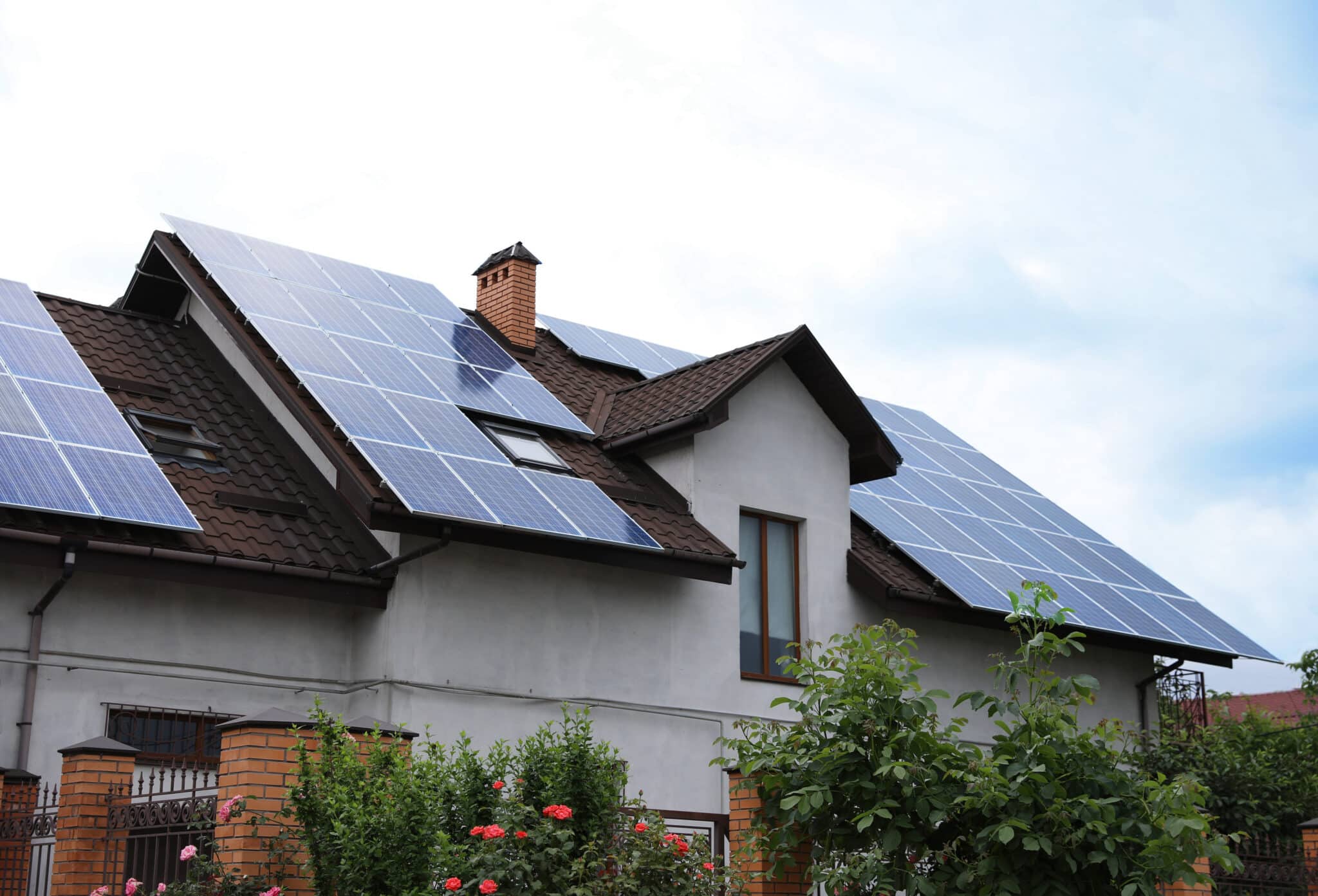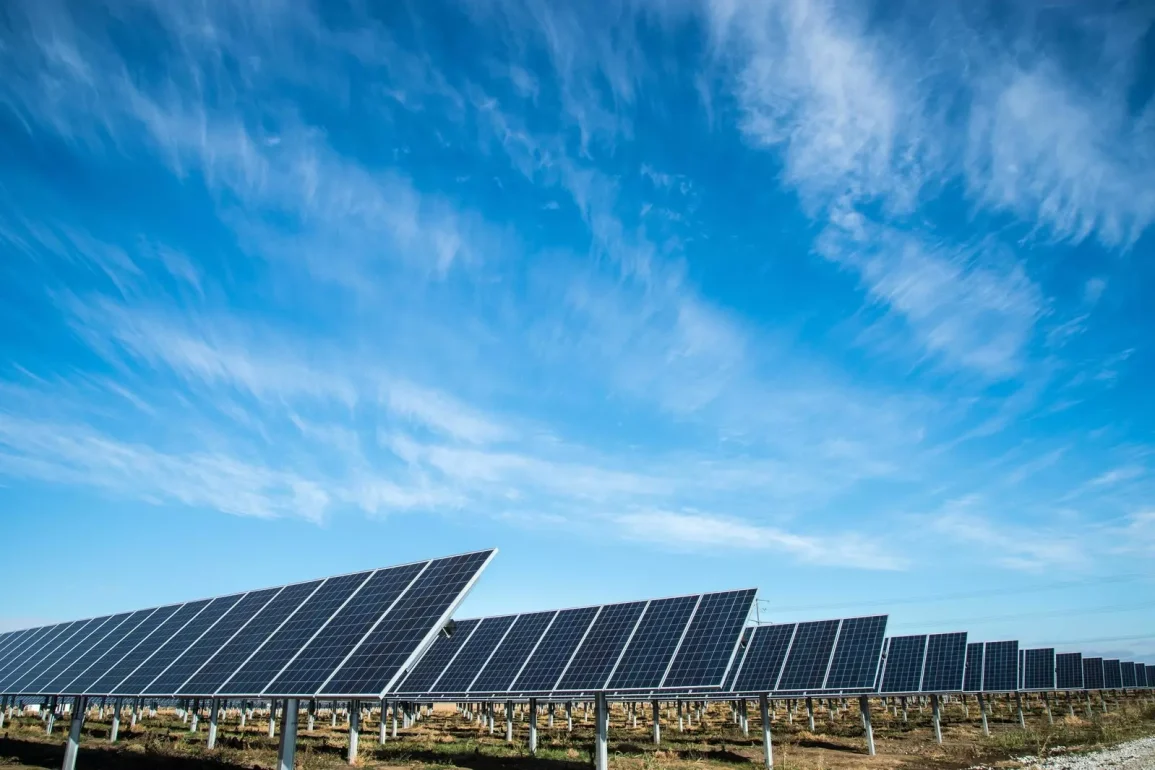When solar panels first became widely available in the UK, they were heavily subsidized by the government through feed-in tariffs, which rewarded households generously for every kilowatt of electricity they generated.
As part of this initiative, prospective installers were required to provide estimates of monthly electricity production based on average sunshine hours. This was intended to help homeowners gauge how long it would take to recover their investment in these innovative systems.
Installed in July 2010, our solar panels have been meticulously monitored over the years. Fourteen years later, the actual electricity output consistently surpasses the original estimates, often by a significant margin. The initial investment has been more than recuperated, showcasing the long-term viability of solar technology.

However, the current weather paints a different picture. With heavy rain persisting, electricity generation has hit a record low for the month.
Year-to-date figures also show a marked decline compared to average levels. Despite these challenges, public interest in solar technology remains strong.
The focus has shifted from generating income through grid exports to maximizing savings by utilizing all generated power for home needs.
The integration of batteries and electric vehicles has further transformed solar energy economics. Even in a typically wet British summer, solar technology remains competitive, highlighting its adaptability and continued relevance.

